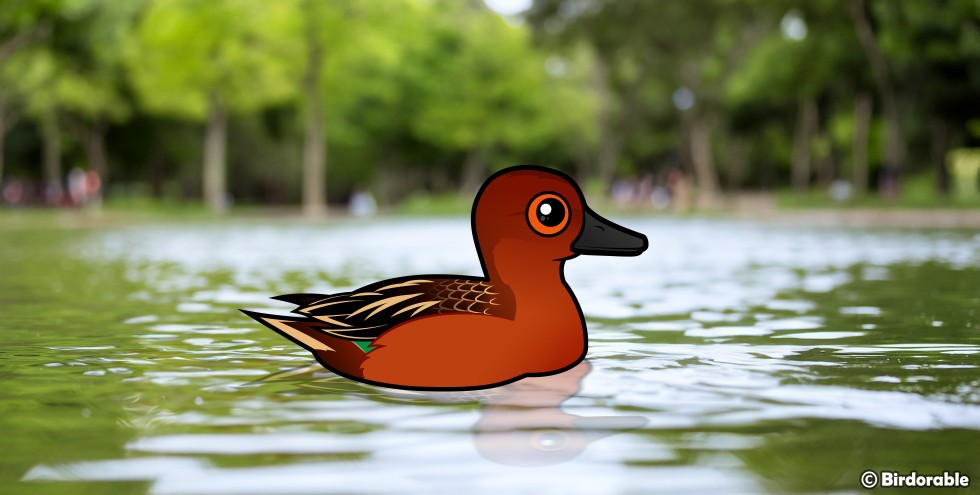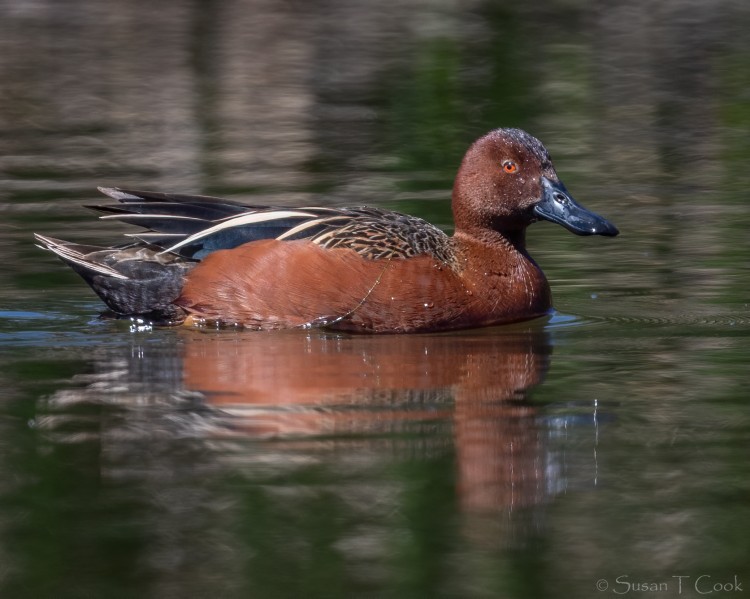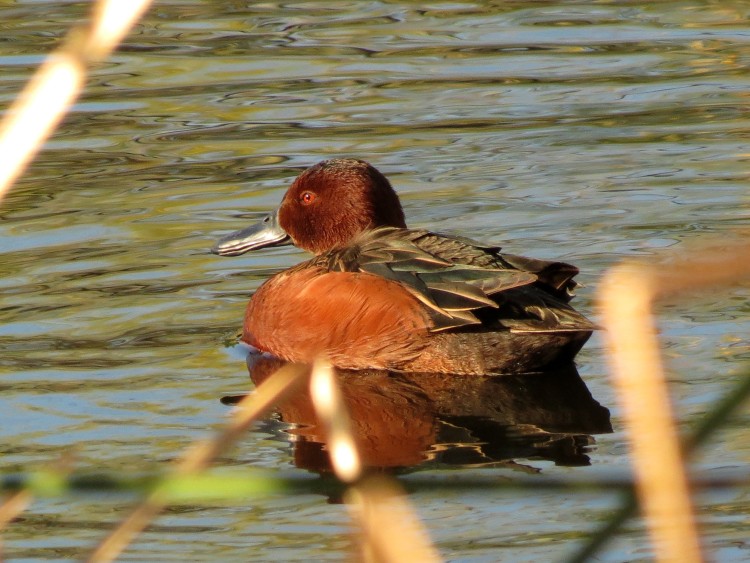A Closer Look at the Cinnamon Teal

Have you ever found yourself mesmerized by the vibrant colors and graceful movements of birds during a leisurely stroll or while exploring the great outdoors? If so, there’s one bird in particular that might just steal your heart – the Cinnamon Teal. This small, but unmistakably striking dabbling duck, is a visual treat, especially for bird enthusiasts and those of us who find solace in the tranquility of nature.
Predominantly found in the western parts of North and South America, the Cinnamon Teal is perfectly adapted to a life predominantly on water. It thrives in shallow freshwater environments like marshes, ponds, and lakes where the vegetation is lush and abundant. When it comes to migration, the Cinnamon Teal exhibits a somewhat modest approach compared to other migratory birds that undertake vast journeys across continents. The northern populations of this species migrate southward to enjoy the warmer climates of Mexico and Central America during the winter months. Meanwhile, the southern populations might only move short distances to locate the ideal wintering habitat.

Cinnamon Teal by Channel City Camera Club (CC BY 2.0 DEED)
The mating season marks a special time in the life of the Cinnamon Teal. Males court females with a variety of displays and calls in a bid to win their affection. Once a pair is bonded, the female embarks on the critical task of nest-building. Carefully selecting a spot on the ground hidden among dense vegetation near water, she lays her clutch of 8 to 12 eggs. This secluded nesting site not only serves as a cozy cradle for the eggs but also shields them from potential predators. Upon hatching, the ducklings are immediately ready to face the world, precocial and eager to follow their mother to water, embarking on their first adventure in life.
For birdwatchers and nature lovers, the Cinnamon Teal is a delightful bird to observe. Its distinct coloration and behavior make it a favorite among birding enthusiasts. Whether you're an experienced birdwatcher or someone who just enjoys the splendor of nature, witnessing a Cinnamon Teal glide across the water reminds us of the pure delight birds add to our lives. So, next time you’re near a wetland or a marsh, keep an eye out for the Cinnamon Teal. Who knows? You might just have one of those unforgettable encounters that remind you why you fell in love with nature in the first place. Have you ever experienced such a moment?

Cinnamon Teal at Sweetwater Wetlands in Tucson, Arizona, by Katja Schulz (CC BY 2.0 DEED)













Comments
Leave a comment
Thank you!